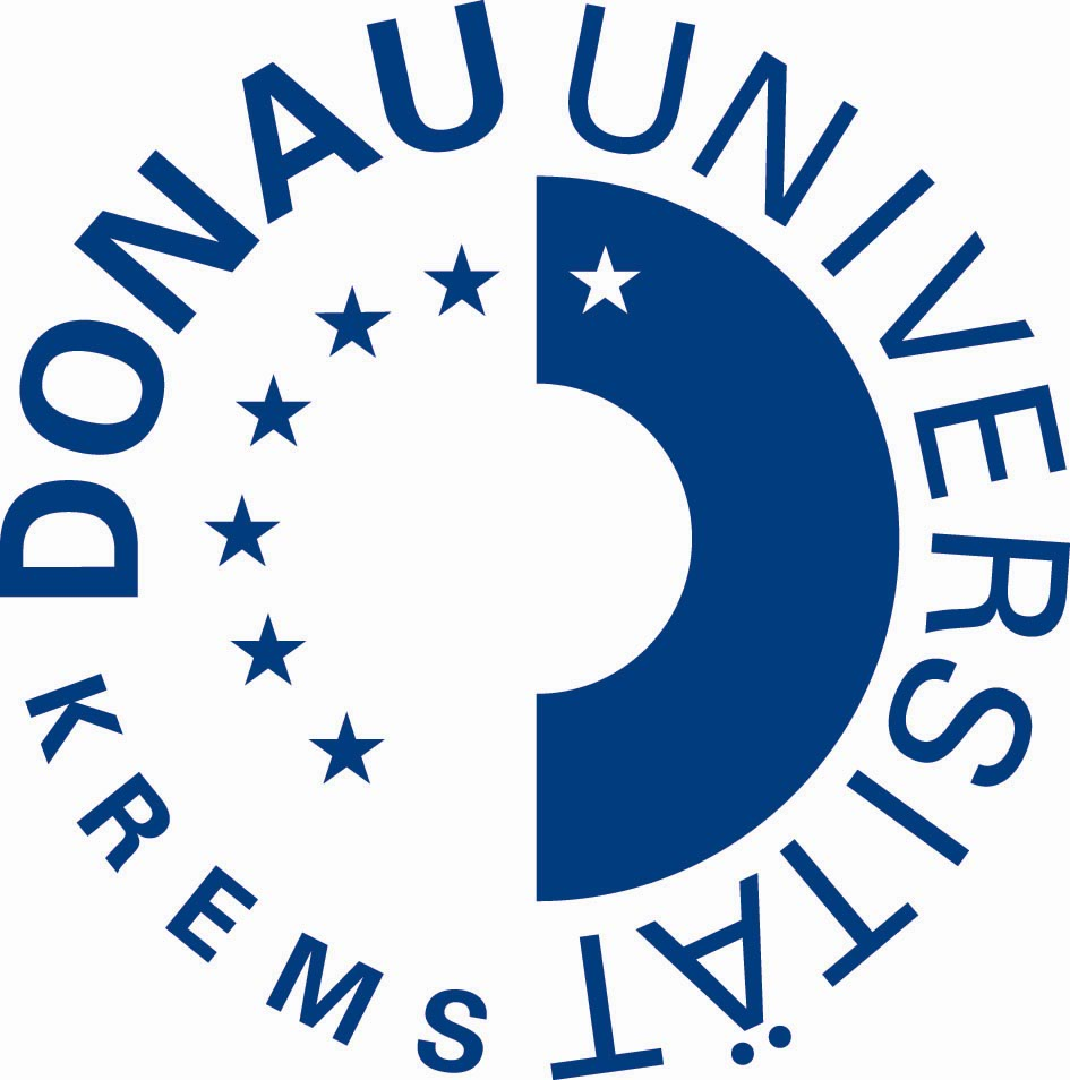The pedagogic intent of the course is to employ case based learning methods to critically examine the notion of the commons and implications of the various uses of the term. In addition to understanding the historical or traditional use of the term, the essay will explore its contemporary relevance and the potential use of this concept as the basis for progressive struggles, often posed as an alternative to the neo-liberal city.
Reading The Urban Commons
Description [what is the course about, aims, etc.]
The concept of the commons has gained significance in recent discourses around contemporary urbanization. The concept has historically been associated with the rural context, to refer to shared natural resources used by rural communities for subsistence or livelihoods. Since then the traditional usage of the term has expanded and has assumed a range of connotations. More recently the notion of the ‘urban commons’ has gained popularity (Baviskar and Gidwani 2011; Harvey 2012: 67-88). The term ‘urban commons’ has often been used with contrasting meanings in different contexts, and often interpreted through various social and political positions.The course will involve an overview and introduction to the concept of the commons with a particular emphasis on the Urban commons. The literature is divided into three broad thematic frameworks: 1) Commons as Tenure, 2) Commoning as Practice and 3)Commoning as a Prospect.
Learning Outcomes
The pedagogic intent of the course is to employ case based learning methods to critically examine the notion of the commons and implications of the various uses of the term. In addition to understanding the historical or traditional use of the term, the essay will explore its contemporary relevance and the potential use of this concept as the basis for progressive struggles, often posed as an alternative to the neo-liberal city.
Student Workload
Course Structure [frequency, duration, format, etc.]
The course will consist of lectures, class discussions and field visits. The course will involve a review of secondary literature on the commons and case based learning. Students will analyze cases and also conduct primary fieldwork and be expected to write a written submission/essay by the end of the course.
Prerequisites
This class has no prerequisites,
Assignments [tasks, homework, tests, expected activities of students, etc.]
The students performance will be evaluated through participation during class discussions, presentations based on readings, written submissions/ papers and tests.
Grading
|
activities |
percentages |
|---|---|
| participation | 50% |
| presentations based on readings | 30% |
| written submission | 20% |
Course evaluation [how does your institution evaluate the quality of the course]

